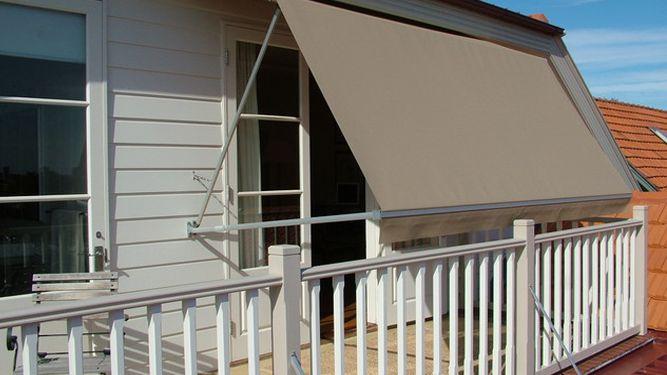When it comes to controlling light, heat, and privacy in your home, two of the most popular options are window awnings and blinds. Both offer unique benefits, but they serve different purposes depending on your lifestyle, budget, and the architectural style of your house. Choosing between awnings and blinds can be confusing, so understanding their advantages will help you decide which option works best for your home.
What Are Window Awnings?
Window awnings are external coverings installed above windows or doors. Traditionally made from fabric, metal, or polycarbonate, awnings provide shade while protecting windows from direct sunlight, rain, and dust.
Benefits of Window Awnings
- Energy Efficiency: By blocking harsh sunlight, awnings reduce indoor heat, lowering air-conditioning costs in hot climates like Pakistan.
- Weather Protection: They protect windows from rainwater and UV rays, helping extend their lifespan.
- Outdoor Appeal: Awnings add a decorative element to your home’s exterior, improving curb appeal.
- Durability: With proper material, they can withstand weather conditions and last for years.
What Are Blinds?
Blinds are interior window coverings made from fabric, wood, or synthetic materials. Installed inside the home, they help control light, privacy, and indoor comfort.
Benefits of Window Blinds
- Light Control: Blinds allow you to adjust light levels inside the room easily.
- Privacy: They block the view from outside, making them ideal for bedrooms, offices, and living areas.
- Style Variety: Available in different colors, materials, and designs to match interior décor.
- Affordability: Blinds are usually more budget-friendly compared to exterior shading solutions.
Window Awnings vs. Blinds: Key Comparisons
1. Energy Efficiency
- Awnings: Prevent heat from entering the home, reducing cooling costs.
- Blinds: Reduce glare inside but do not block heat as effectively as awnings.
2. Installation Location
- Awnings: Installed outside windows, providing external shade.
- Blinds: Installed indoors, offering internal light and privacy control.
3. Aesthetics
- Awnings: Enhance exterior look and add character to the façade.
- Blinds: Improve interior aesthetics, blending with décor.
4. Durability
- Awnings: Withstand outdoor elements but require weather-resistant materials.
- Blinds: Protected indoors, usually last longer without exposure to rain or dust.
5. Cost
- Awnings: Higher upfront cost but long-term energy savings.
- Blinds: Lower initial cost, but less impact on reducing electricity bills.
Which One Should You Choose?
The choice between awnings and blinds depends on your priorities:
- If your main goal is reducing heat, protecting windows, and improving your home’s exterior look, then window awnings are the better choice.
- If you are looking for affordable, flexible light control and interior privacy, blinds will suit you best.
Many homeowners combine both options—awnings outside to block heat and protect windows, and blinds inside to control privacy and interior style. This combination maximizes comfort and energy efficiency.
Professional Help Makes the Difference
Selecting and installing the right shading solution can be tricky without expert guidance. Professional installers help you choose the right materials, styles, and placements based on your climate and home structure. For reliable and stylish shading solutions, Open Air Living Solution offers high-quality window awnings and blinds tailored to enhance both energy efficiency and design.
Conclusion
Both window awnings and blinds offer excellent benefits, but their effectiveness depends on your specific needs. Awnings excel at reducing heat and protecting your home’s exterior, while blinds provide privacy and interior light control. By understanding their differences, you can choose the right solution—or combine both—for maximum comfort, efficiency, and style.

